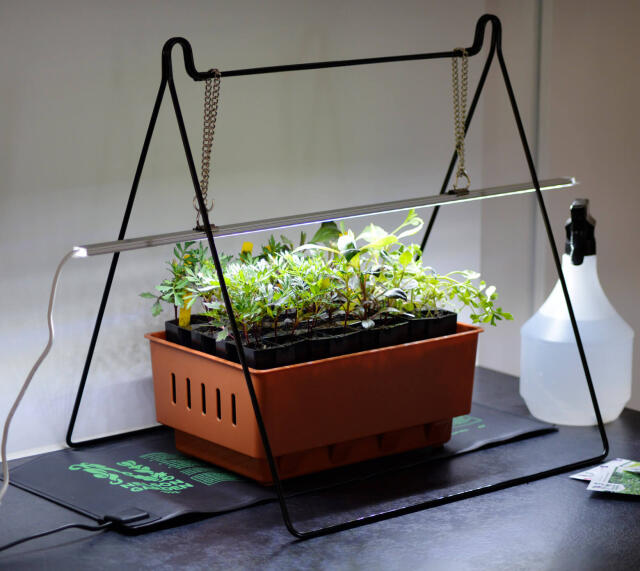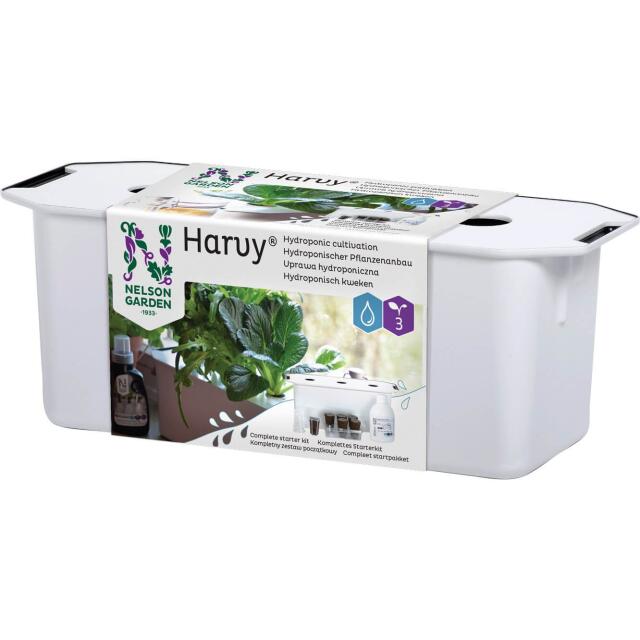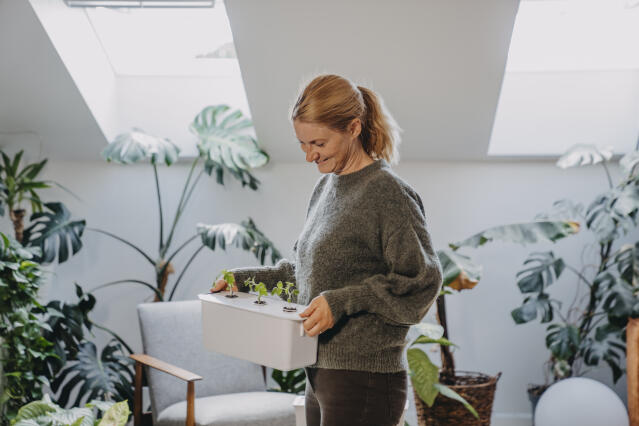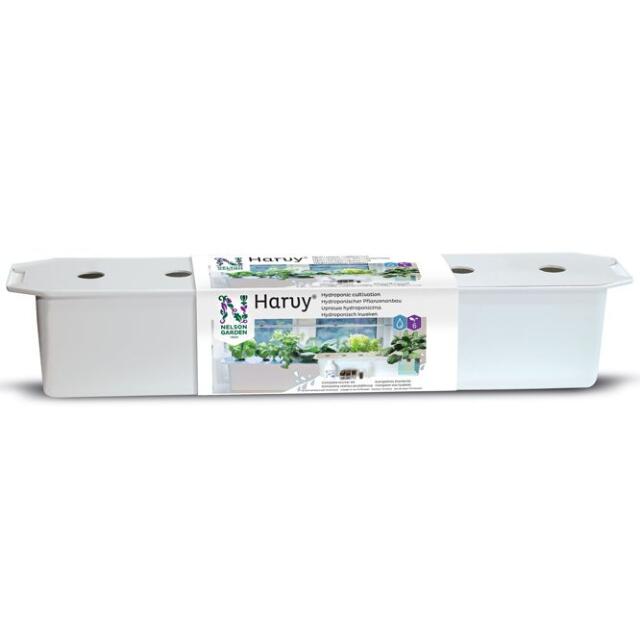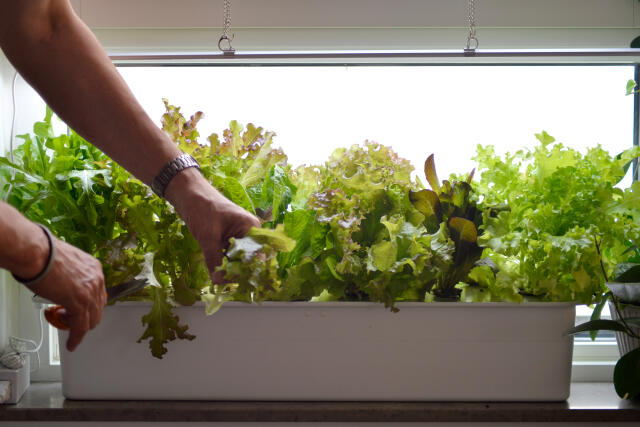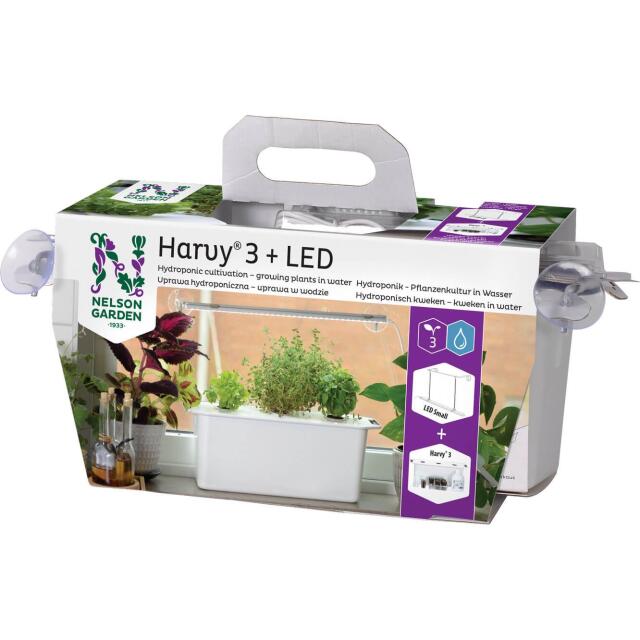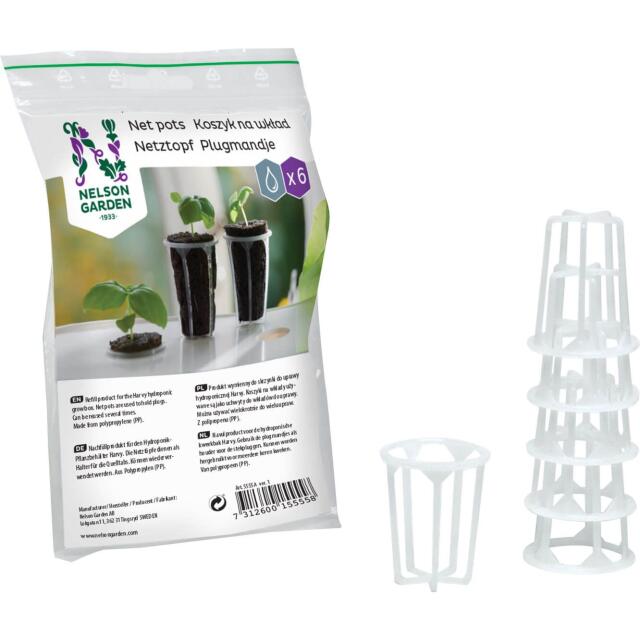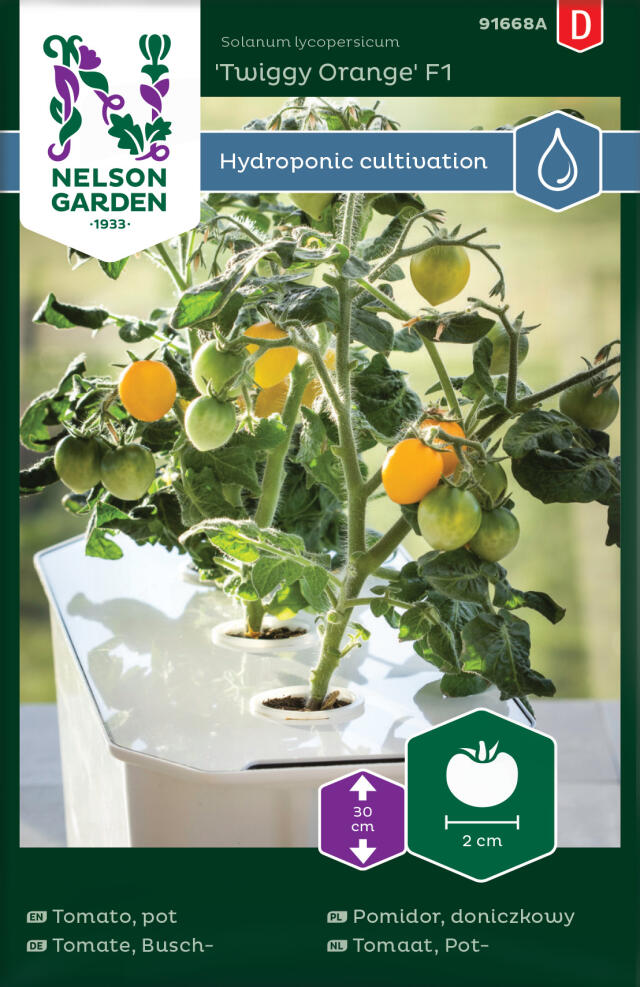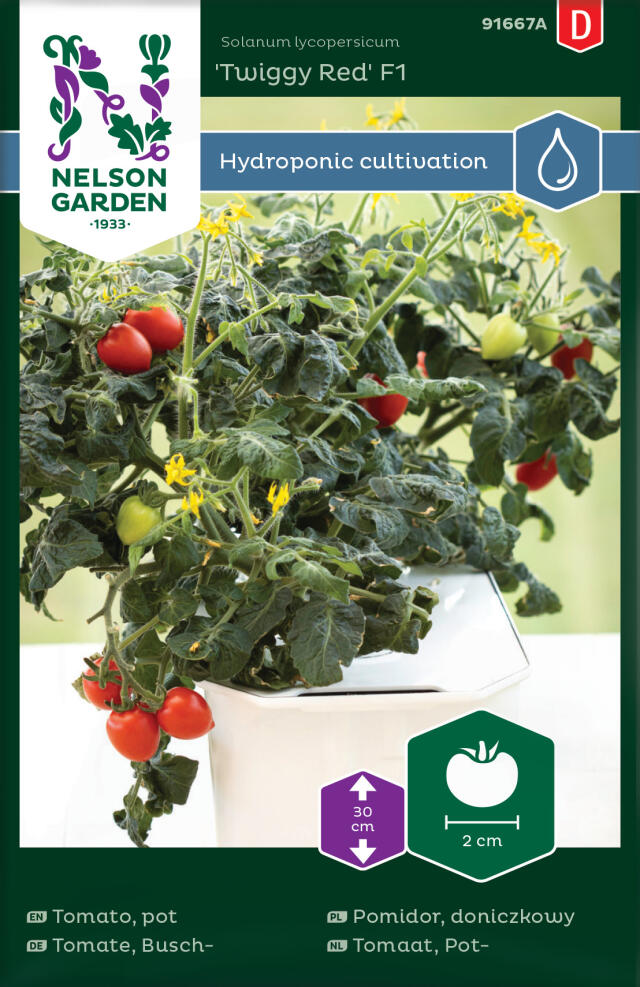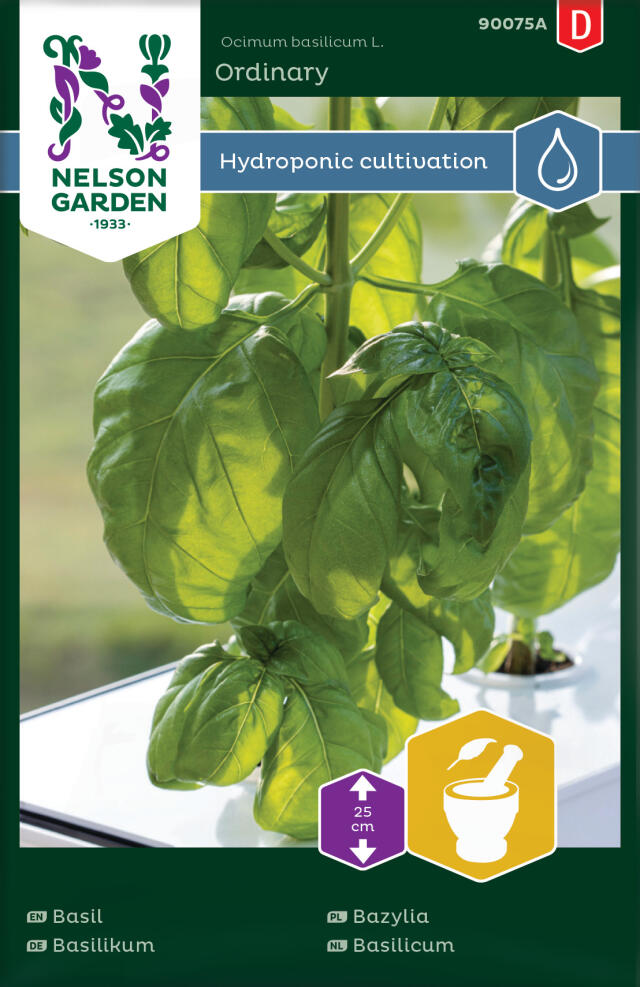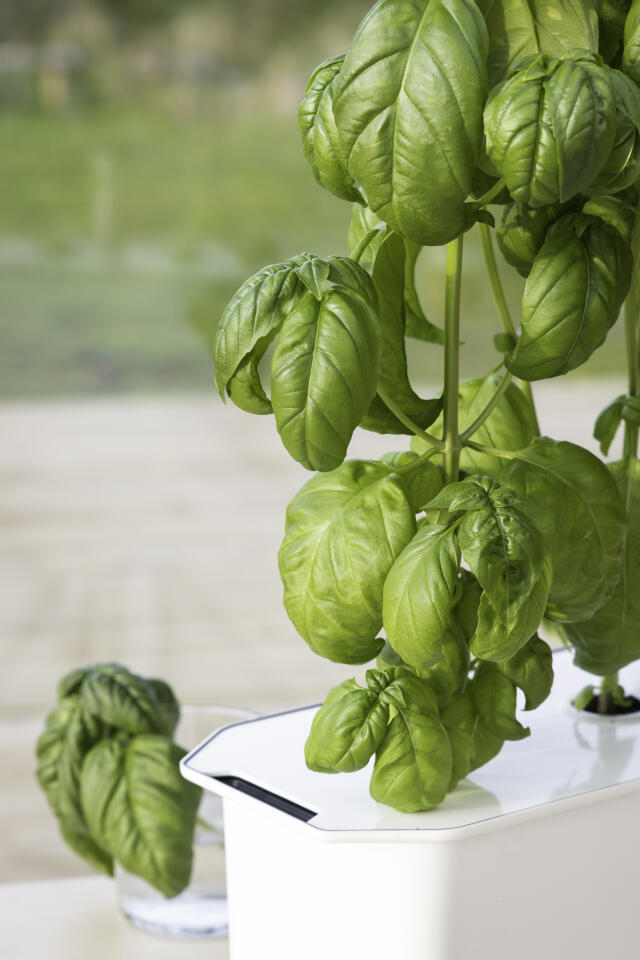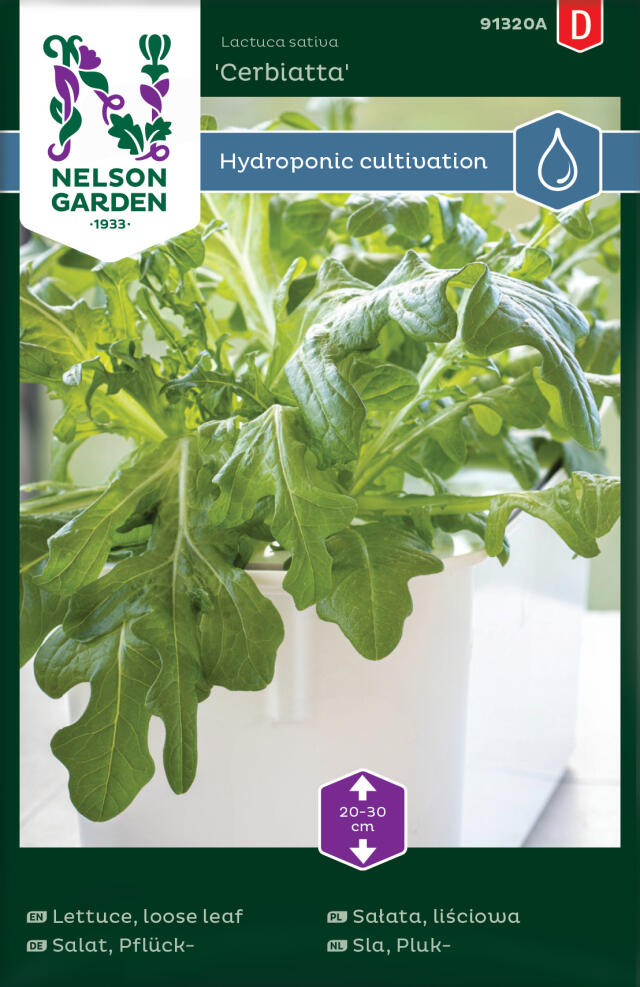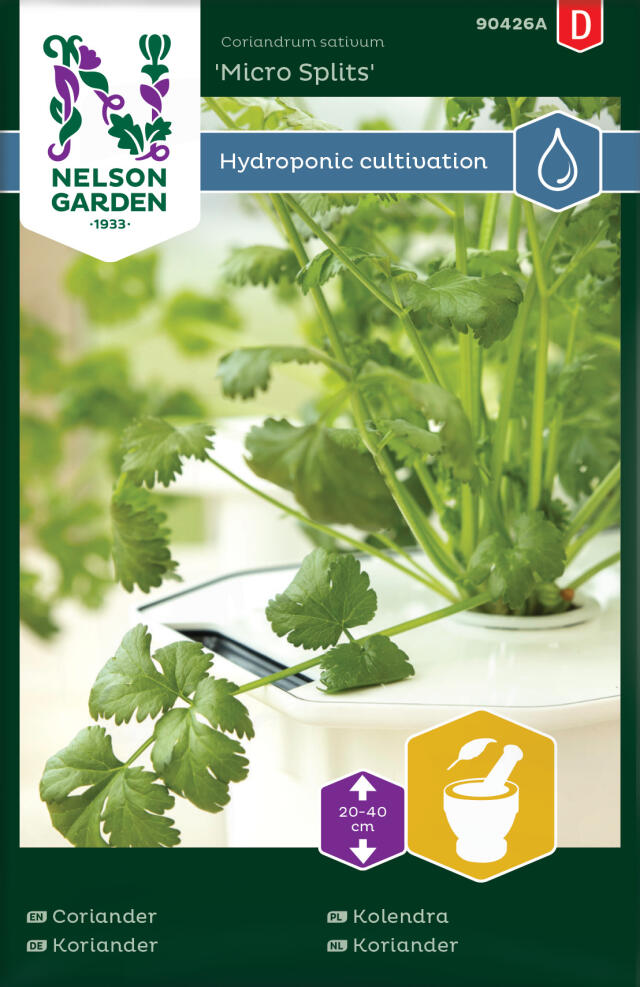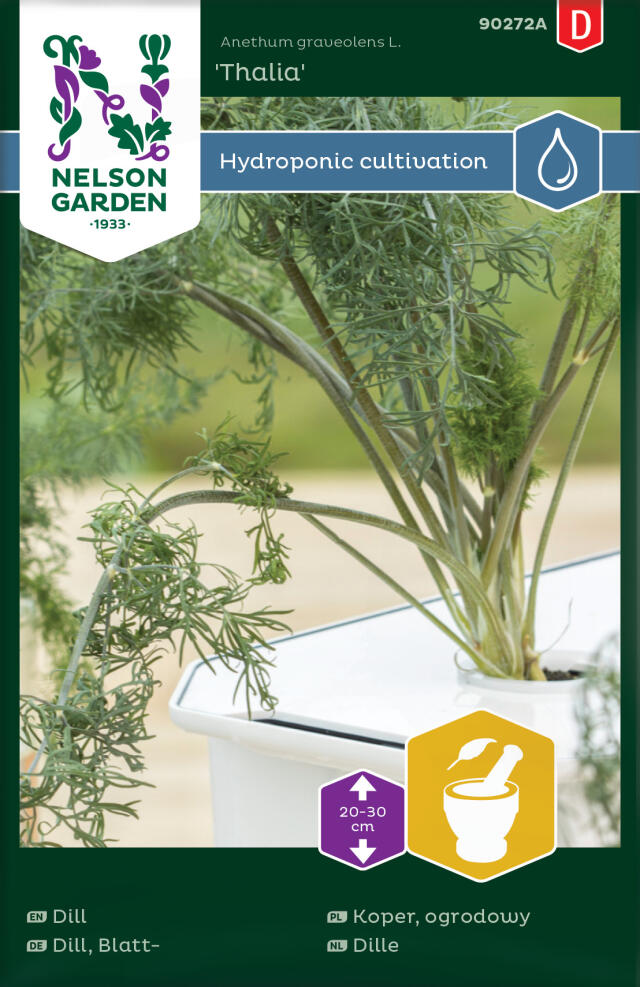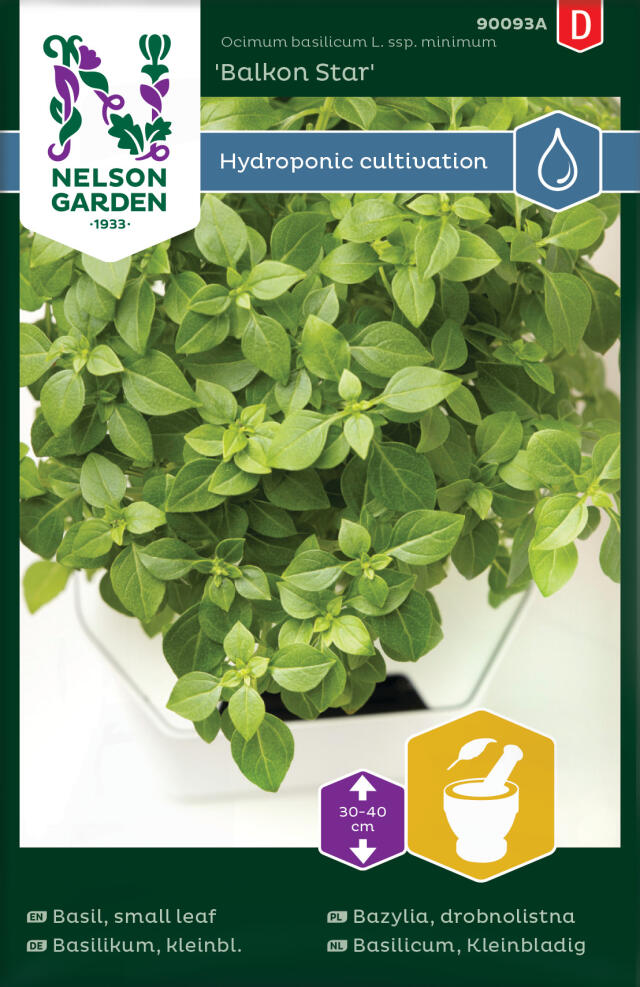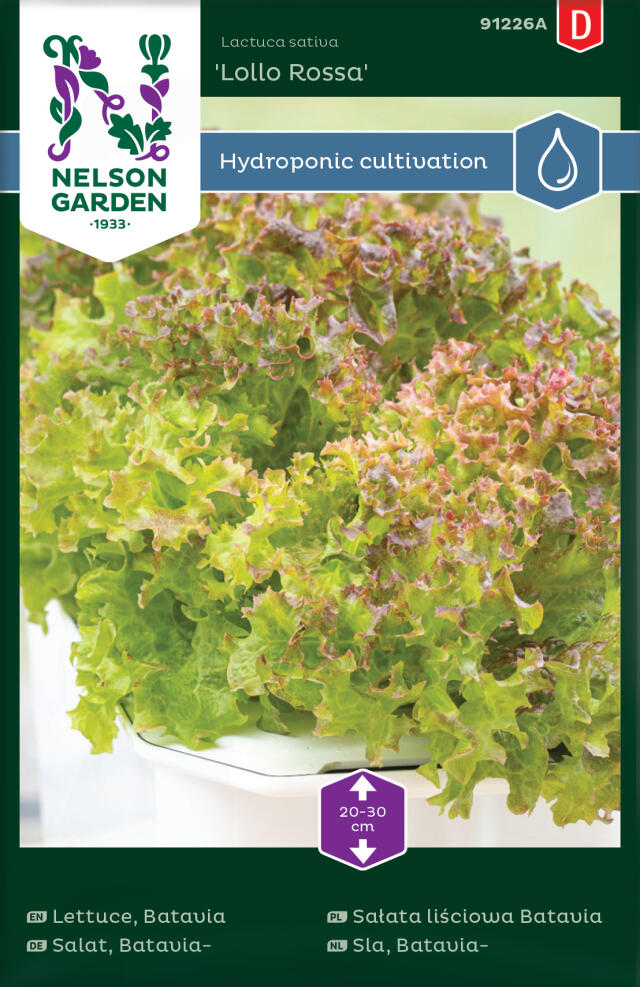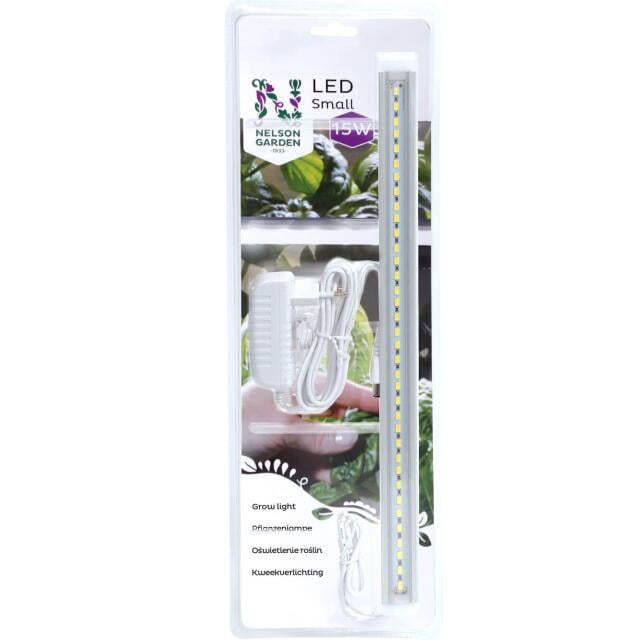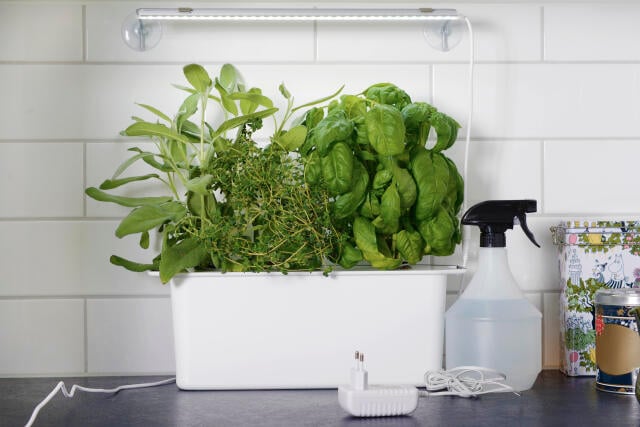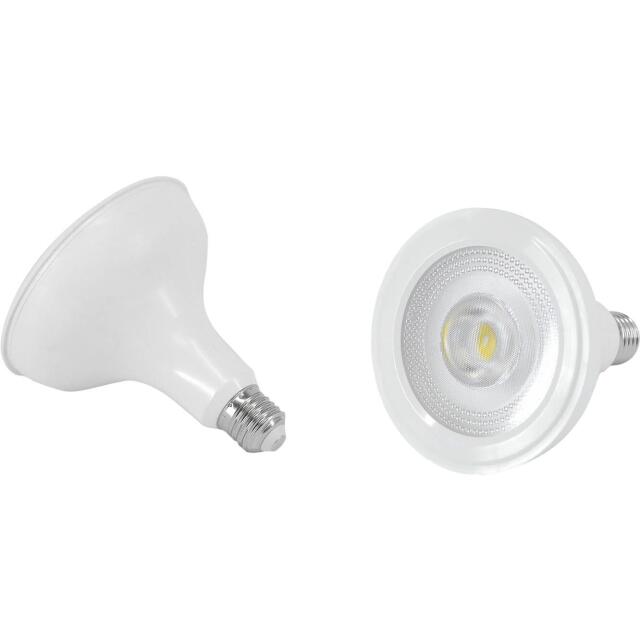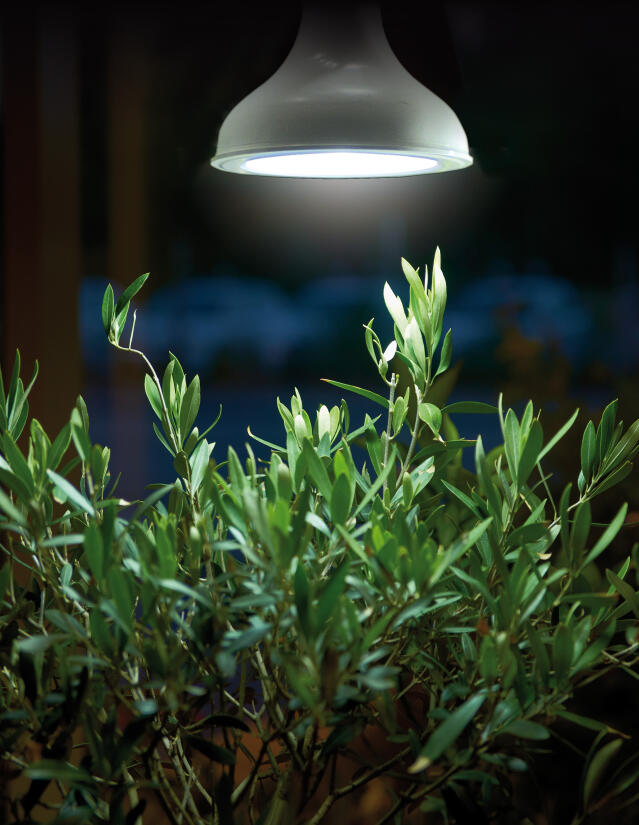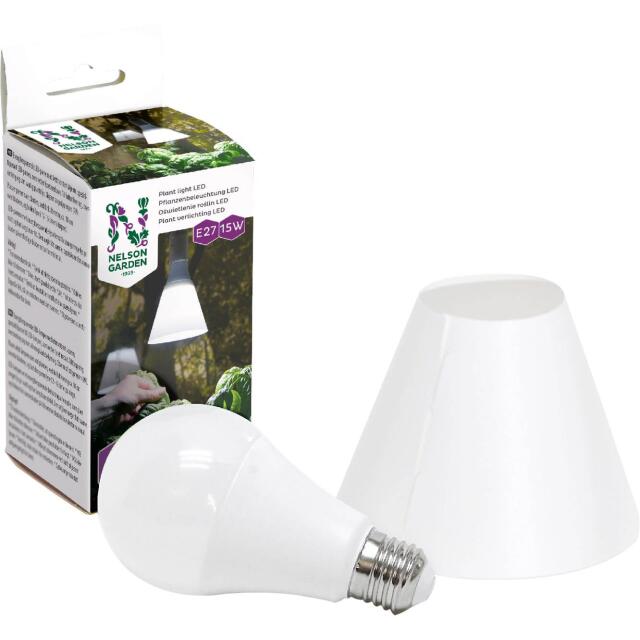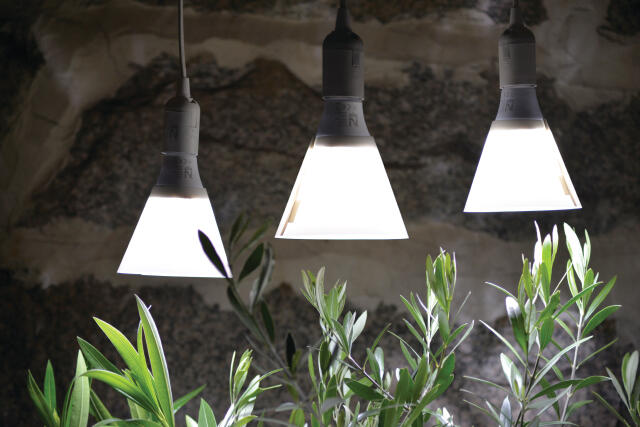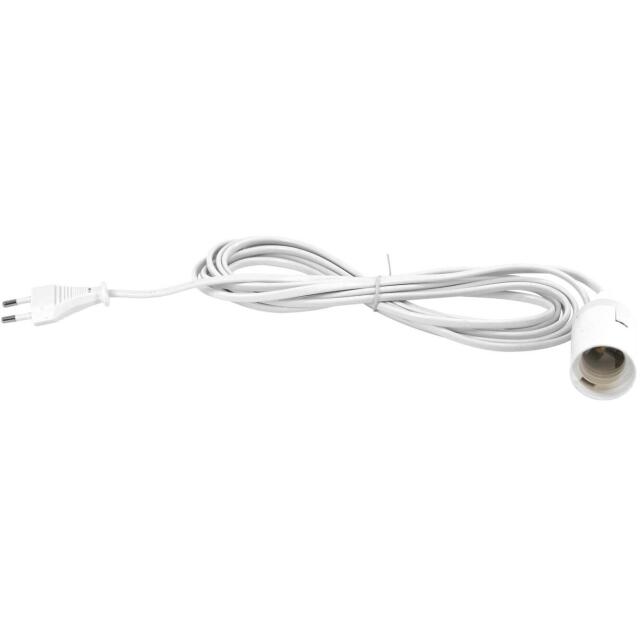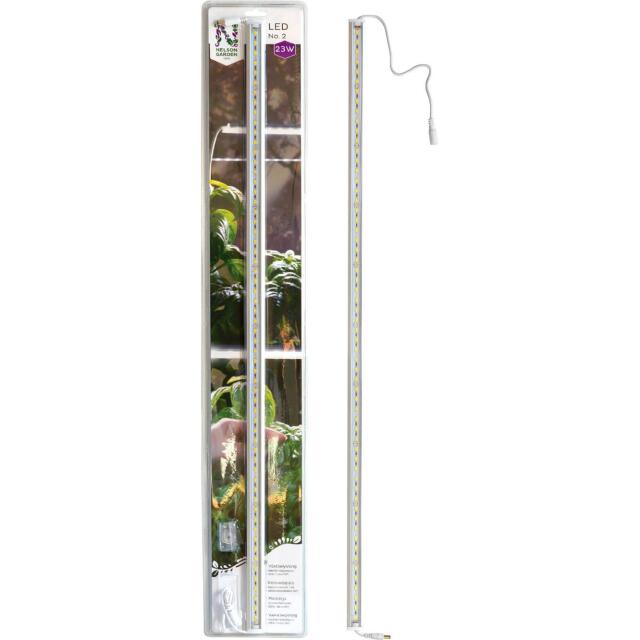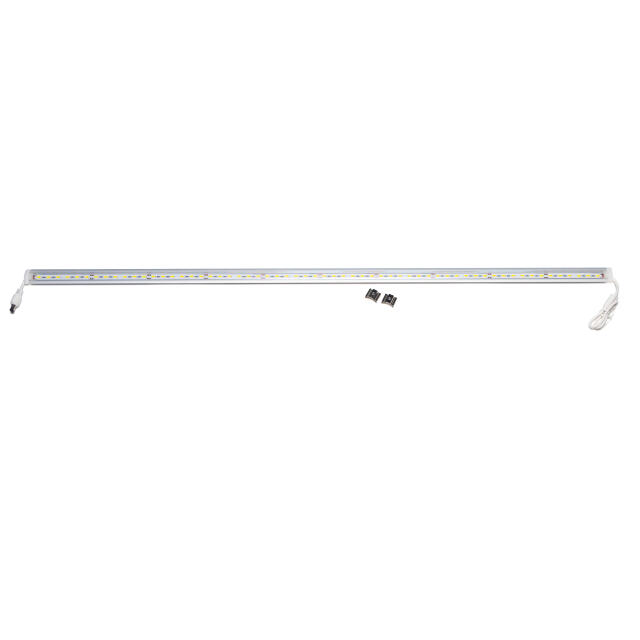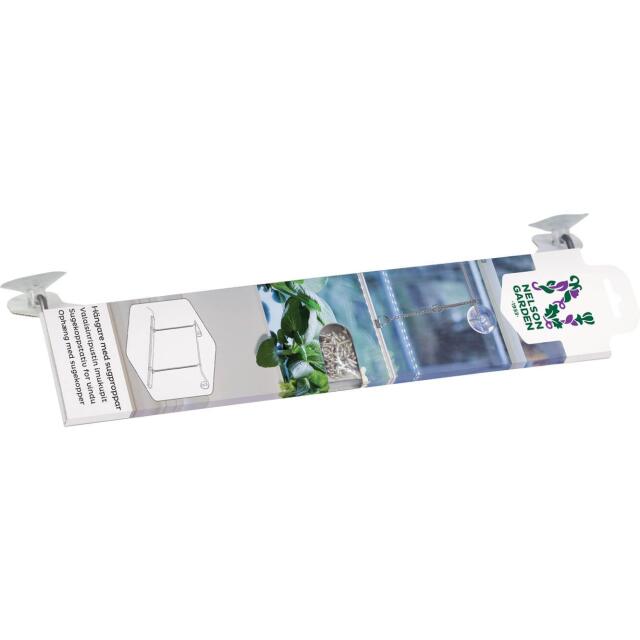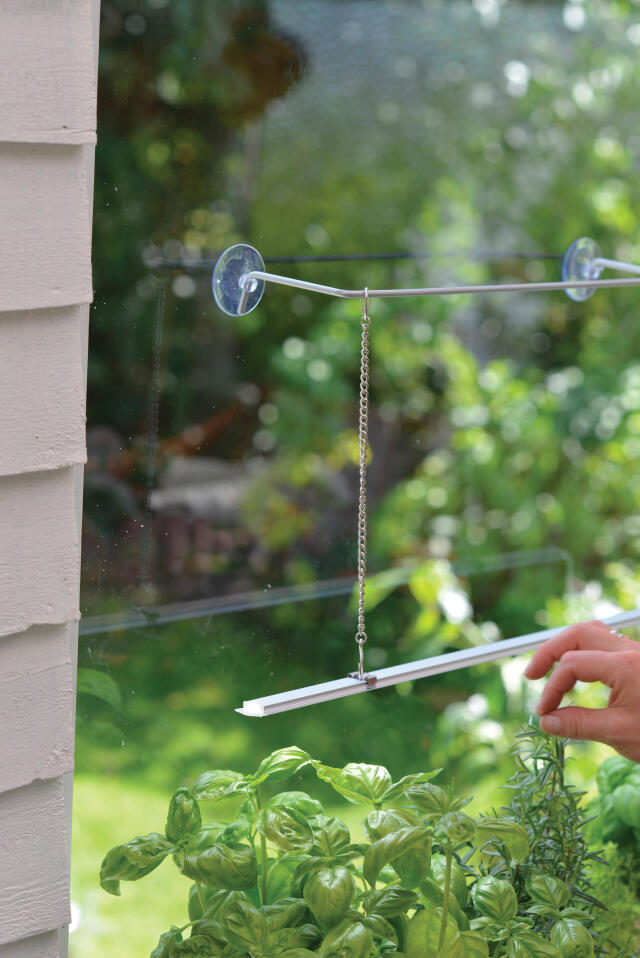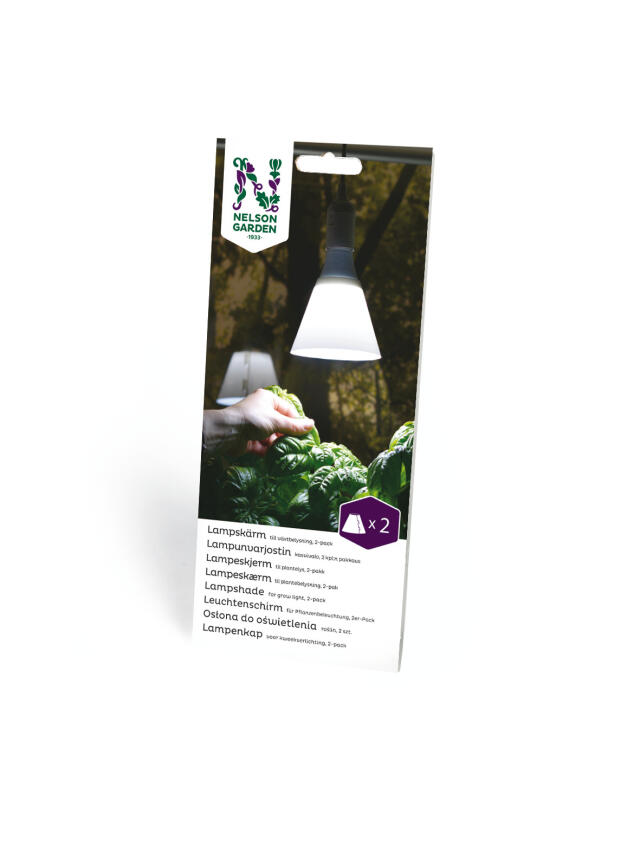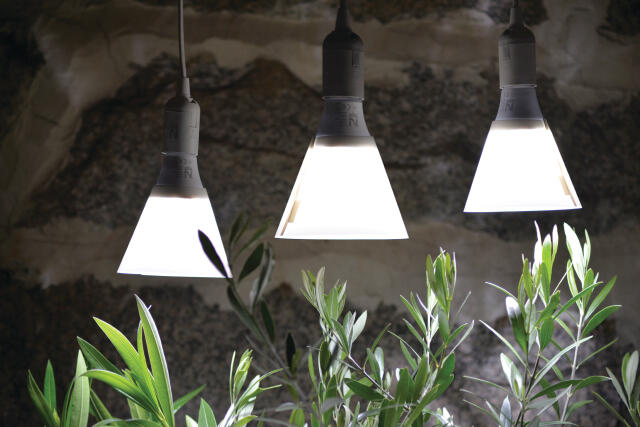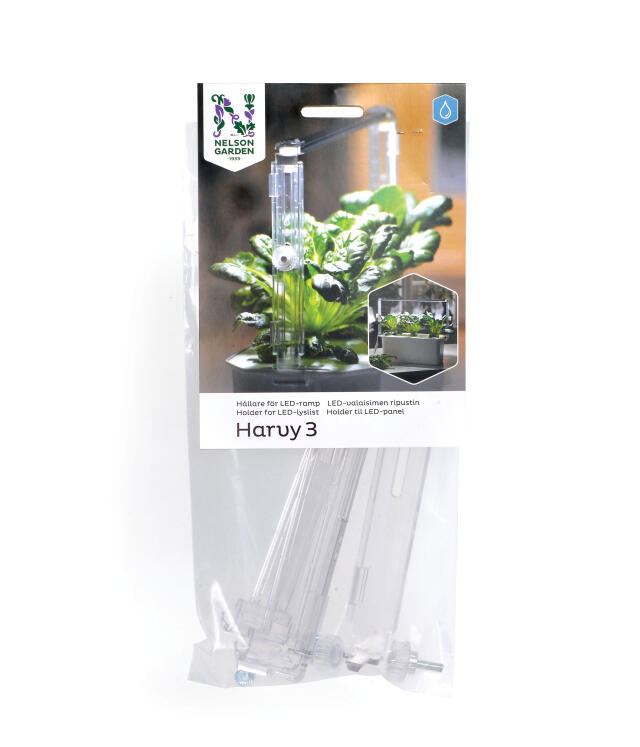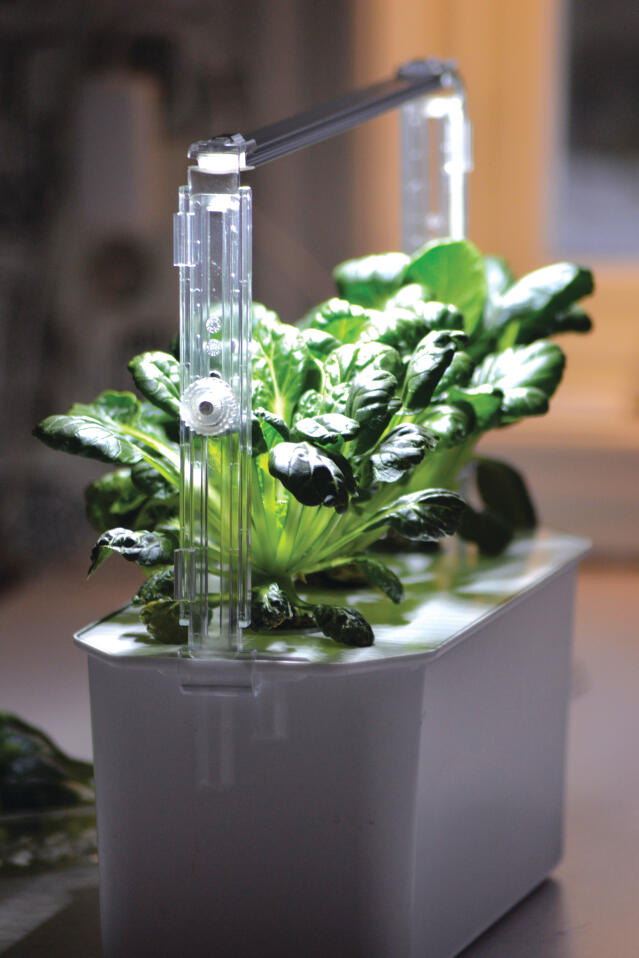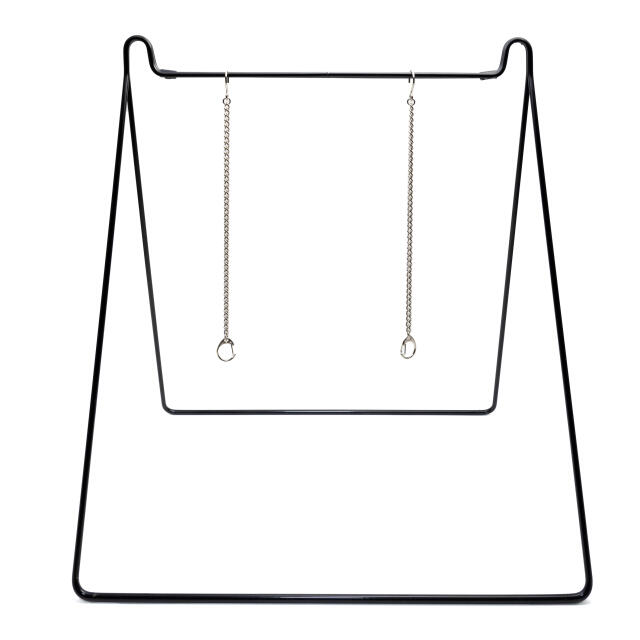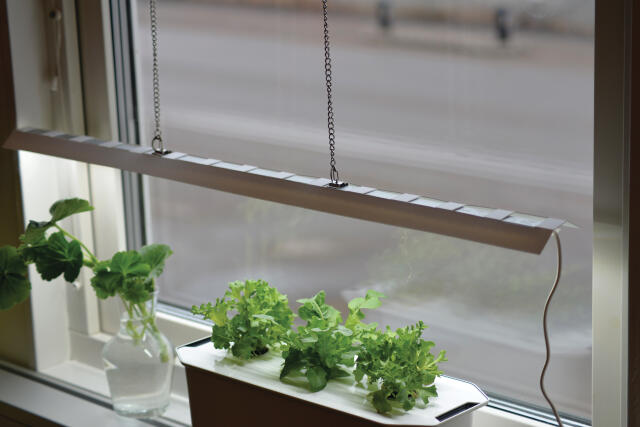Cultivate indoors and enjoy fresh greens - all year long!
04 December 2020Learn how to cultivate fresh vegetables, aromatic herbs and sweet fruits all year round. Indoor cultivation is the perfect solution if you refuse to depend on the seasons to enjoy your own-cultivated greens. Here are some of our best tips to succeed with your indoor cultivation:
1. Go for easy-to-grow seeds
Spices and vegetables are generally easy to grow indoors. Basil, coriander and sallad are perfect for indoor cultivation and can be grown all year round.
2. Prepare the soil
Choose well-drained and nutrient-rich soil for your indoor cultivation. To make sure the soil retains moist you can add some Vermiculite - a natural mineral that increases water and nutrient retention. You can also add some Perlite which just like Vermiculite, is a natural and environmentally friendly material that looks like crumbled styrofoam. Perlite prevents soil compaction by making the soil more porous. This will help the seeds grow faster and the formation of the roots.
3. Add extra grow lights
The biggest challenge when cultivating indoors is the lack of daylight. The plants will have a hard time growing and will become long and slender. By adding some extra grow lights, you’ll boost the growth of your plants. There are many types of lights to choose between, but the one that works best for indoor cultivation is the fluorescent light with reflectors. If you’re using a regular lamp for your plants, make sure to not hang it too close since they get warm and the plants need light rather than heat.
4. Keep the soil moist
You can use a mini greenhouse to make your seeds grow faster and keep the humidity on a stable level. If you’re instead cultivating in a pot or trough, you have to keep the soil moist both before and after the seeds sprout. Besides that, it’s important to remember that the soil should be moist, not wet. Watering the soil too intensely could lead to the seeds floating around in the water. Instead, you could use a spray bottle to provide the seeds with the correct amount of water. Not watering your plants will give them a bitter flavour.
5. Sow in rounds
Sow new seeds every second week if you’re growing salad, or every third week if you’re growing coriander. This way you can start harvesting as the leaves grow bigger and always have fresh vegetables close at hand.
6. Boost your cultivation with a heat mat
Heat mats can help your plants grow faster and better. Herbs like basil thrive in warm temperatures and are therefore perfect to grow on a heat mat. As you place your cultivation on the mat, it will heat up the soil up to 20 degrees. The seeds won’t need any sunlight until they’ve sprouted. if you’re cultivating in a mini greenhouse it’s important that you ventilate since the mat will create condensation. However, the mat is only to be used until the seeds sprout and is not suitable for all kinds of seeds. For example, salad seeds can’t sprout in temperatures over 20 degrees.
7. Harvest before blooming
Make sure to harvest your herbs as they grow bigger to prevent blooming. When growing basil, simply pinch off the leaf and a new one will grow out. If you don’t harvest in time and the plant starts to bloom, the plant will become weak and the leaves won’t taste as good.
